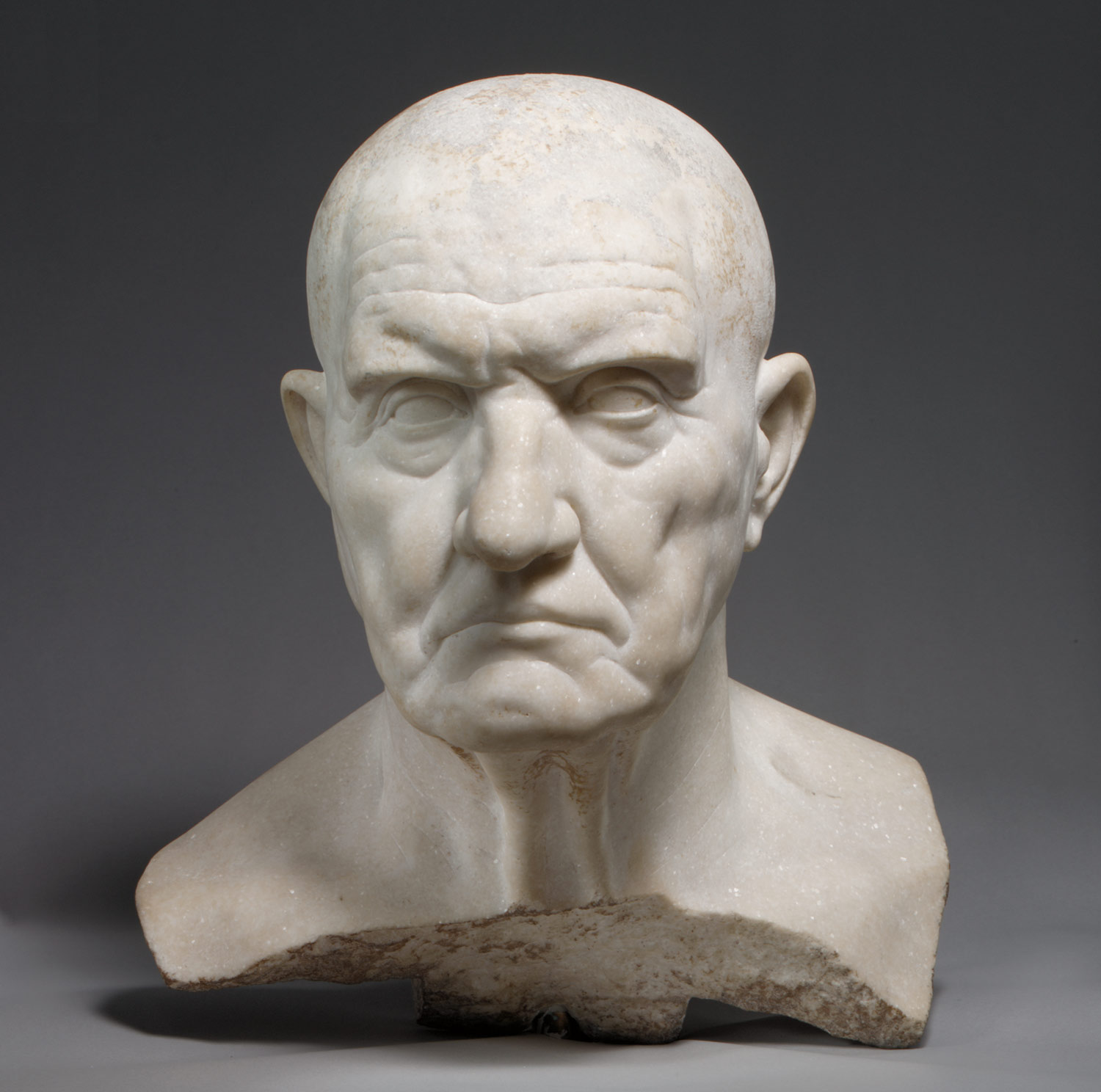 |
| Golden Mask of Tutankhamen. |
After watching the online lecture I was able to get a glimpse of each societies' art and it made me notice certain things. In the Egyptians' art style you can notice that they depict themselves as gods. From everything such as stature of the sculptures to the various symbols they use to depict certain qualities, such as cobras crowns or cobra symbolic head piece to show who the king/Pharaoh was. However in Greek art their work would focus on the natural beauty of the human body, because in their culture there was no form on earth more beautiful than the human body. In the Greek art you can see the realism in proportions in regards to the human body and the great detail they chiseled the stone into. The Romans style of art focused a great deal on individualism, showing emotions in the statues' face that was unprecedented before. These emotions or features ranged from things such as fear, sadness, happiness, anger, old age, and pain to name just a few. Even though Greek and Roman art draw a thin line in some aspects where they differ, the clear difference is in the values they had. The Romans went astray from the perfect human sculptures the Greeks would make, and instead show realism in the emotion they depicted or facial expressions they showed with great detail.
 |
Portrait bust of a man, 1st century B.C.;
Republican Roman. |
 |
| The Discus Thrower. |
But apart from how all these styles differ they share one common thing that is interesting. When you look at all these different pieces you can get a feel of the era and setting they were made in. When I say that I mean the conditions in which they were made under. In Egypt, the art was monumental paying tribute to Gods or Pharaohs, and you were able to feel the sense of a hierarchy in which they lived through during those times. Same thing goes for the Greeks, in their work they make you appreciate the human physique in a way that they did by crafting their statues with such finesse and perfection. It really shows you how much they valued the human body in those times. The Romans, last but not least, also give you a feel of where their values lie during those times. The amount of detail they put into facial expressions and features really showed how the felt about individualism and the power to express it. To see these 3 different pieces and clearly see how different they are physically makes it really intriguing to find the similarities amongst them. What's even more amazing is how they are able to depict a time period and give us a sense of what took place during those times all through these pieces of art, at least that's my take on it after all art is subjective. Hope you enjoyed my brief point of view on Egyptian, Greek, and Roman art.



